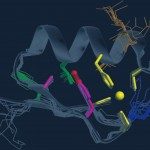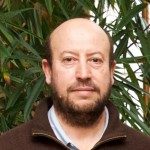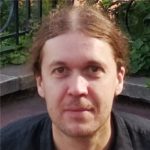Link to Pubmed [PMID] – 36827185
Link to DOI – 10.1016/j.celrep.2023.112142
Cell Rep 2023 Mar; 42(3): 112142
La Crosse virus, responsible for pediatric encephalitis in the United States, and Schmallenberg virus, a highly teratogenic veterinary virus in Europe, belong to the large Orthobunyavirus genus of zoonotic arthropod-borne pathogens distributed worldwide. Viruses in this under-studied genus cause CNS infections or fever with debilitating arthralgia/myalgia syndromes, with no effective treatment. The main surface antigen, glycoprotein Gc (∼1,000 residues), has a variable N-terminal half (GcS) targeted by the patients’ antibody response and a conserved C-terminal moiety (GcF) responsible for membrane fusion during cell entry. Here, we report the X-ray structure of post-fusion La Crosse and Schmallenberg virus GcF, revealing the molecular determinants for hairpin formation and trimerization required to drive membrane fusion. We further experimentally confirm the role of residues in the fusion loops and in a vestigial endoplasmic reticulum (ER) translocation sequence at the GcS-GcF junction. The resulting knowledge provides essential molecular underpinnings for future development of potential therapeutic treatments and vaccines.





